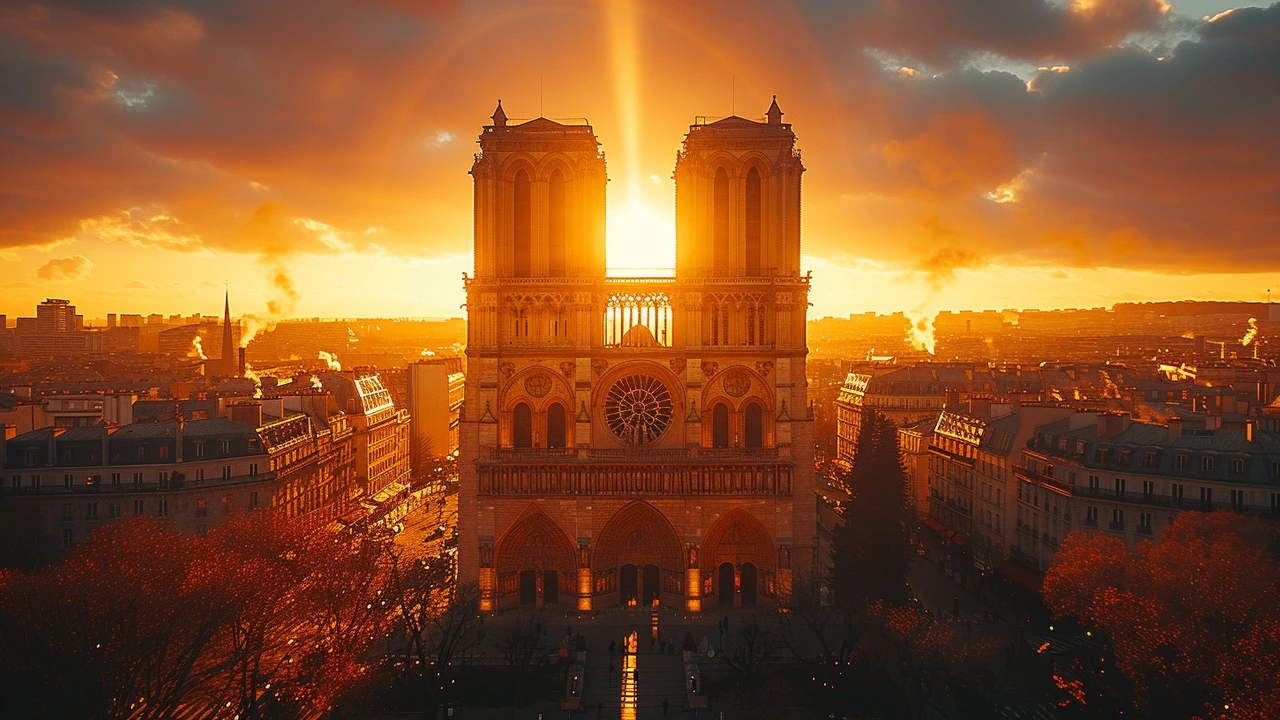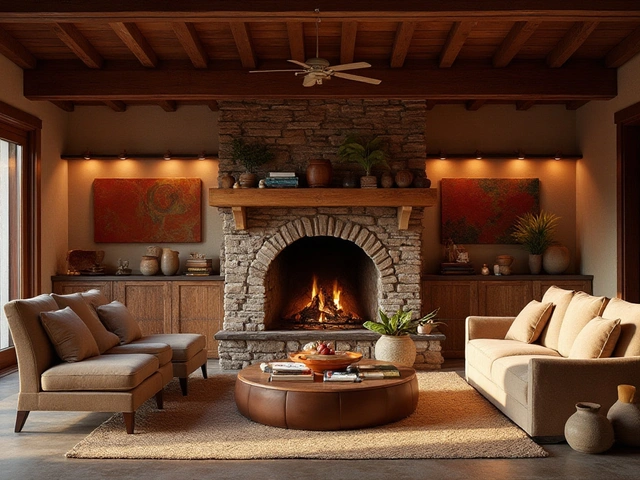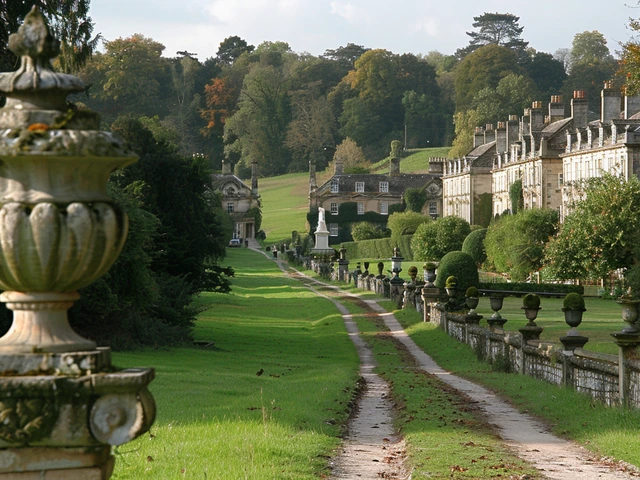An Introduction to Romanesque Architecture
The Romanesque architectural style is one I find delightfully fascinating. It symbolises a grand epoch in history, bursting with creativity. The harmony between rounded arches, massive walls, and distinctive ornaments takes you back in time, as you stand before these illustrious relics of the past. It’s like seeing Scarlett put together one of her jigsaw puzzles; you marvel at the thought and detail that went into every tiny piece.
Romanesque architecture is like a tribute to the Romans (hence the name) from the medieval European architects. The style was prevalent from the 6th to the 11th century, a time when Europe was gradually throwing off the cloak of the Dark Ages and venturing into a period of recovery and growth. It's quite an exciting period, with lots of chivalry, knights, and ever-encroaching danger. A little bit like modern parenting, wouldn't you say?
The Signature Romanesque Arch: From Alfred's Leash to Our Front Door
I happened to notice one day, while I was out walking with Alfred (our fabulously paw-fect boxer), that the lead's arc bore a remarkable resemblance to Romanesque's signature feature: the rounded arch. This semi-circular arch spans doorways, windows and the arcade of churches, a key discerning feature of the Romanesque period.
This type of arch, oft fondly described as a 'Roman arch', provides a sturdy and robust structure, able to support hefty weights, which naturally lent itself to the construction of vast churches and cathedrals. I couldn't help but draw parallels with the strength and resilience it takes to balance parenting and blogging. Alfred's leash may not be able to support an immense weight, but it dutifully holds my 50-pound bundle of furred love!
That Thick-Set Aesthetic: It's Not Just About Alfred's Stout Physique!
Now, you might think that I'm transferring my adoration for Alfred’s sturdy, athletic physique onto architecture, but you'd be wrong! Romanesque architecture puts a premium on robustness and solidity. The walls are thick and heavy, cross-vaulted ceilings are all the rage, and piers are used instead of columns to better bear the weight. This sort of robustness reminds me of the late nights Aiden and I used to spend building fortresses with his Lego blocks. Although significantly smaller in scale, the principles of strength and stability remained the same.
The Allure of Decorative Details: The Captivating charm of Sculptures and Frescoes
If Romanesque architecture was a cake, the decorative details would be the icing. The builders of Romanesque applied intricate carvings, beautiful frescoes and dazzling mosaics in their creations. These exquisite details not only amplified the aesthetic appeal of buildings, but also played significant roles in teaching Christian doctrines to the largely illiterate population.
I adore this educational aspect; it's evocative of the imaginative bedtime stories I'd tell Scarlett. I'd spin tales about princesses, dragons, and knights to teach her about values such as courage and kindness. The engaging forms of art in Romanesque architecture felt like visual stories echoing truths about a higher power and ethereal wisdom. The sublimity and depth in these stories could rival even the most engrossing Disney movie!
Romanesque Architecture's Grand Scale: It's Bigger Than My Laundry Pile
When I think of something big, my first thought is usually of the never-ending pile of laundry that magically accrues over the week. However, even that formidable mountain pales in comparison to the grand scale of Romanesque churches! Often at the heart of a settlement, these structural behemoths included tall towers and broad naves, designed to wow and excite awe.
The towering presence of these structures was intentional; they were meant to be awe-inspiring, reaching towards the heavens and God. Just like how Aiden's excitement exceeds normal bounds whenever he spots an ice-cream truck on our street!
The Latin Cross Plan: The Quintessential Romanesque Church Blueprint
When considering Romanesque architecture, the Latin Cross (cruciform) plan cannot be overlooked. Take a walk within a Romanesque church, and you'll inevitably notice the transverse aisle (transept) intersecting the central nave, symbolising a cross. The cross shape was more than just a design preference, it was an inherent expression of faith, a permanent stone imprint of the Cross of Christ.
My children often impress me with the creative ways they express their personality and experiences. From Scarlett’s audacious choice of mismatched socks, signifying her appreciation for uniqueness, to Aiden's imaginative drawings, mapping out his fantastical world of brave heroes and mythical creatures. All beautiful reminders that expressions of identity are as varied as they are significant.
A Final Thought: Reflecting on the striking details of Romanesque architecture, I am always in awe of the commitment, passion and artistry that flowed so freely during this period. These structures stand as visual narrators of our shared human history, culture and faith, elements that, no matter how you dice it, have shaped and continue to shape our world. Now, If you'll excuse me, Alfred's leash is poking out from my handbag, calling me for our daily leisurely walk where the arcs above our door await us.





